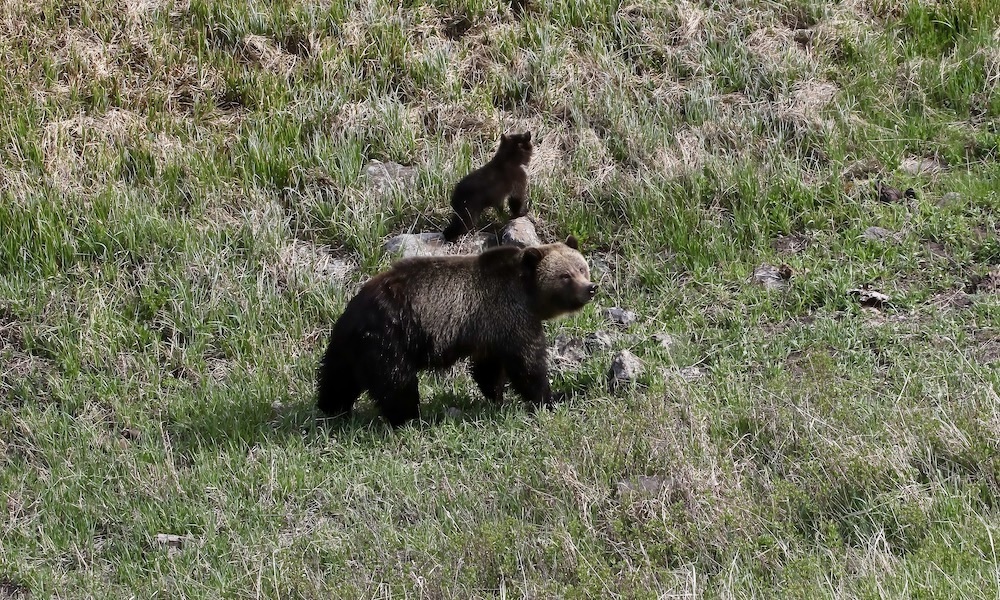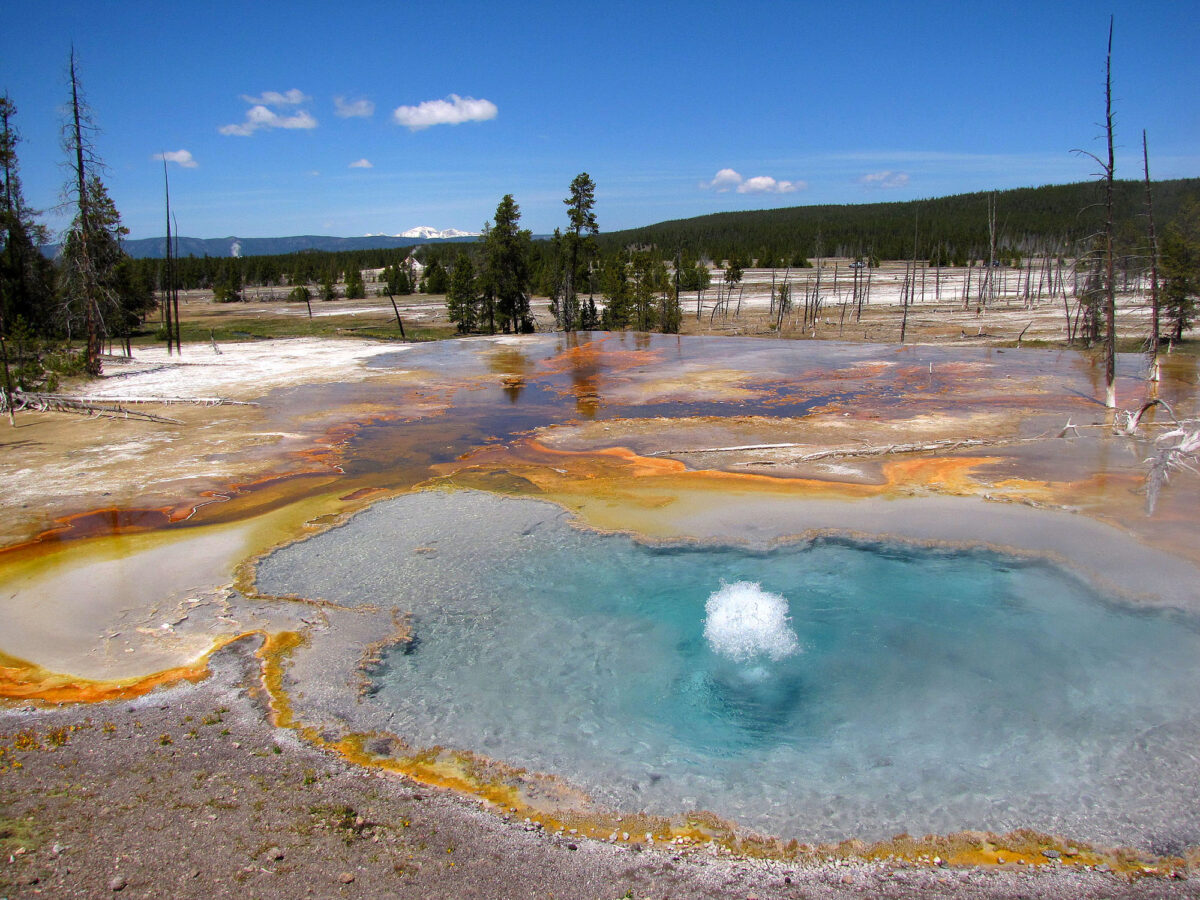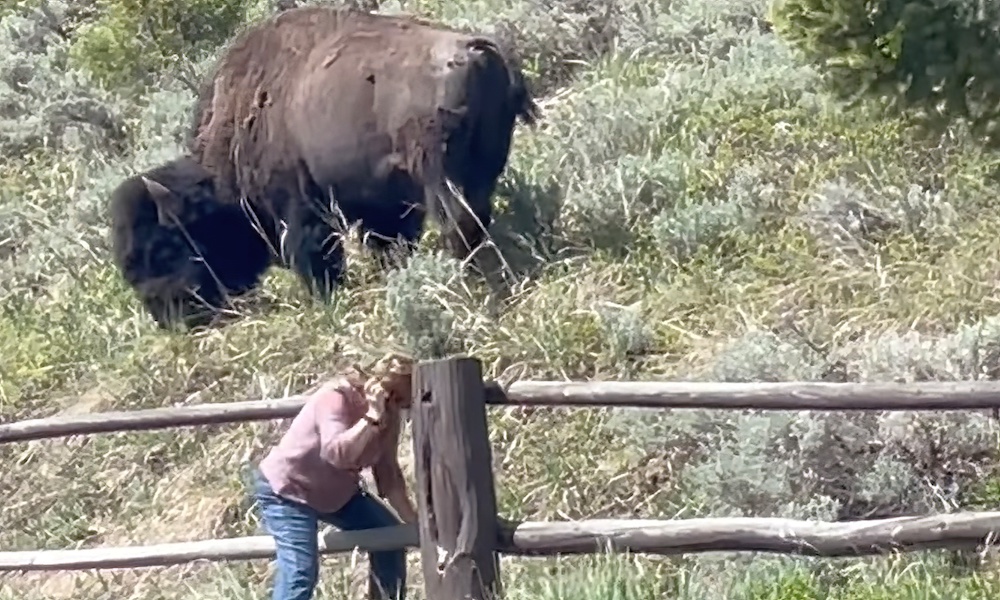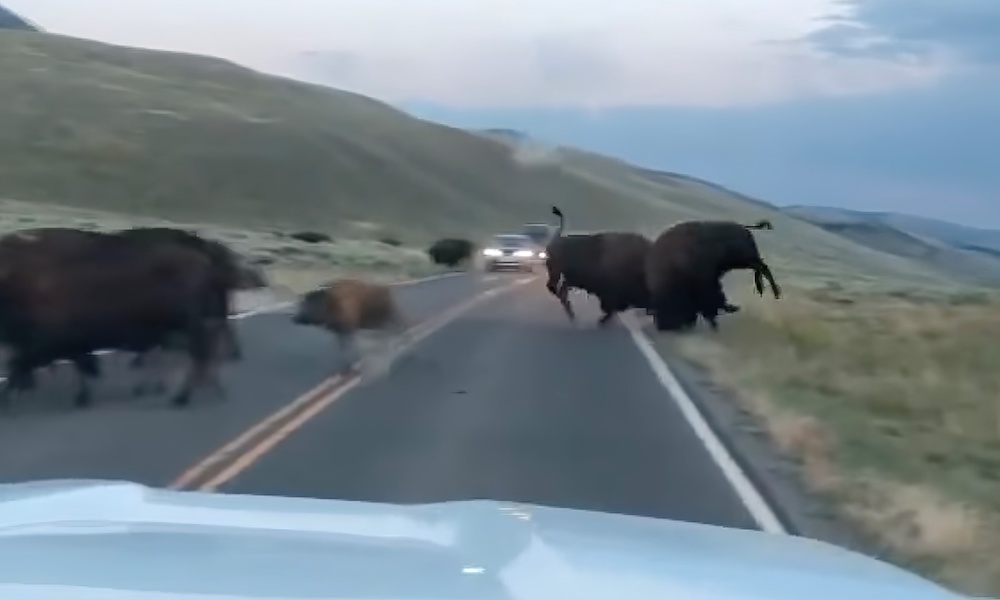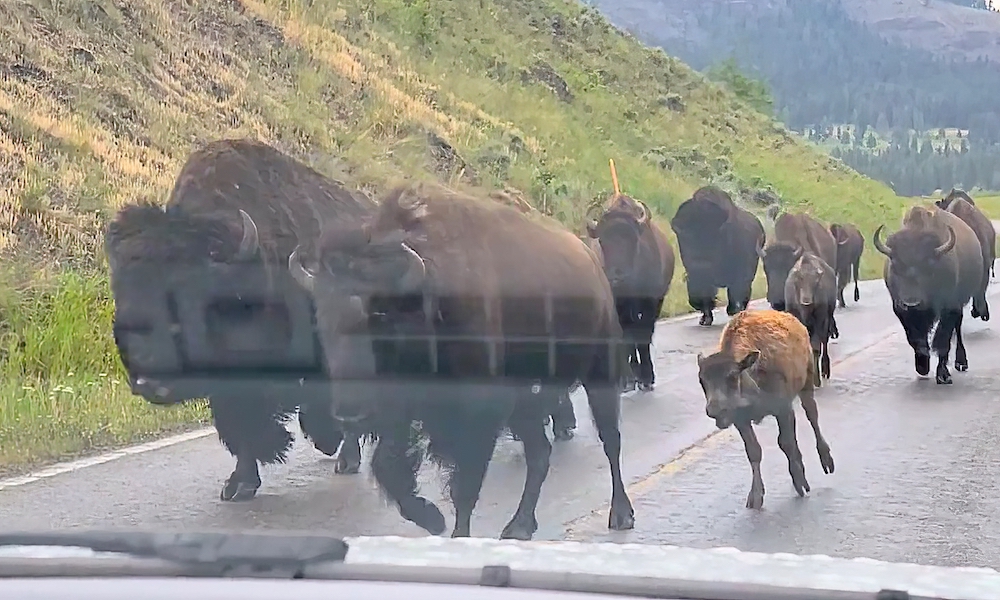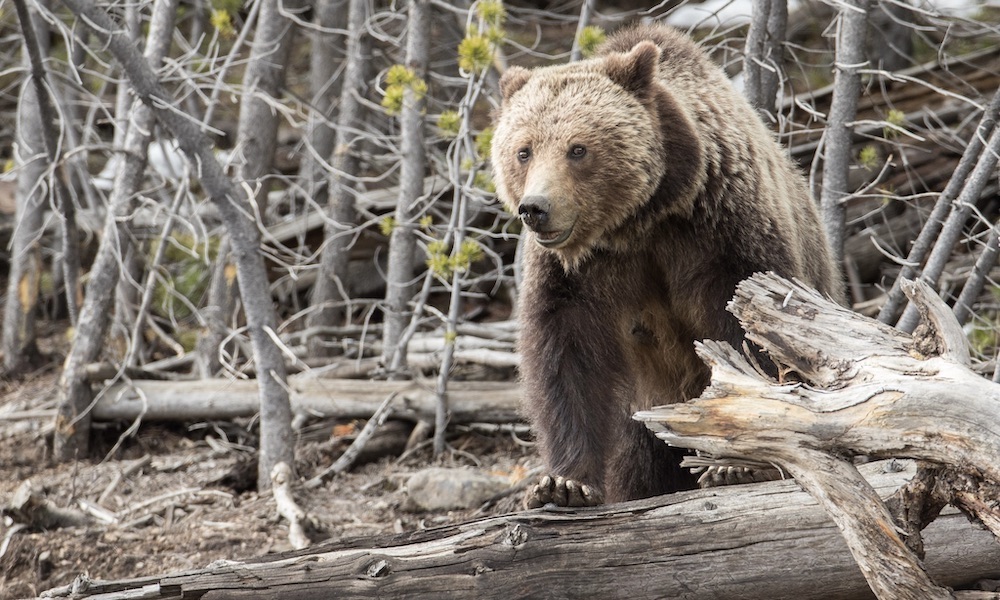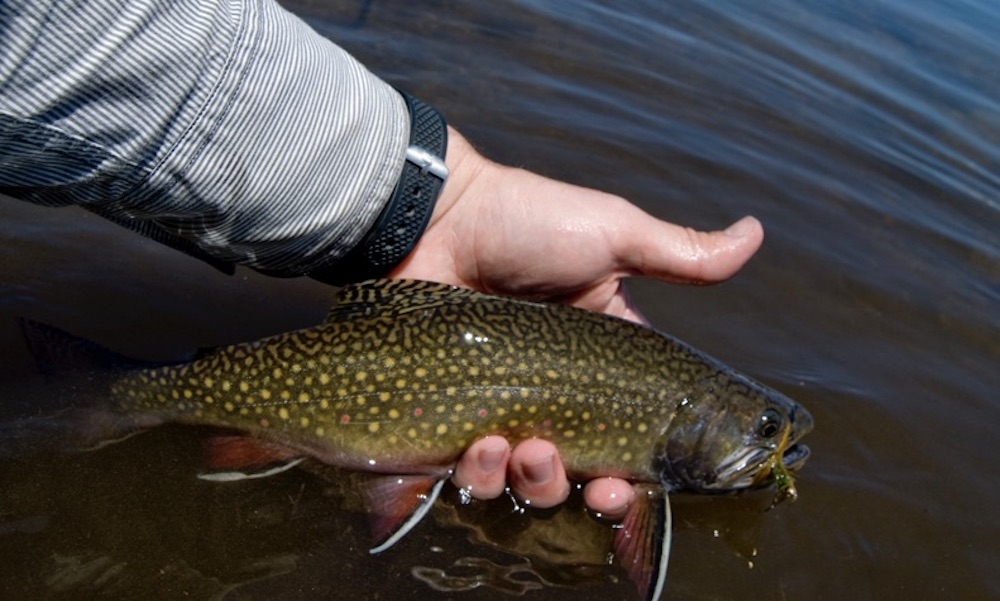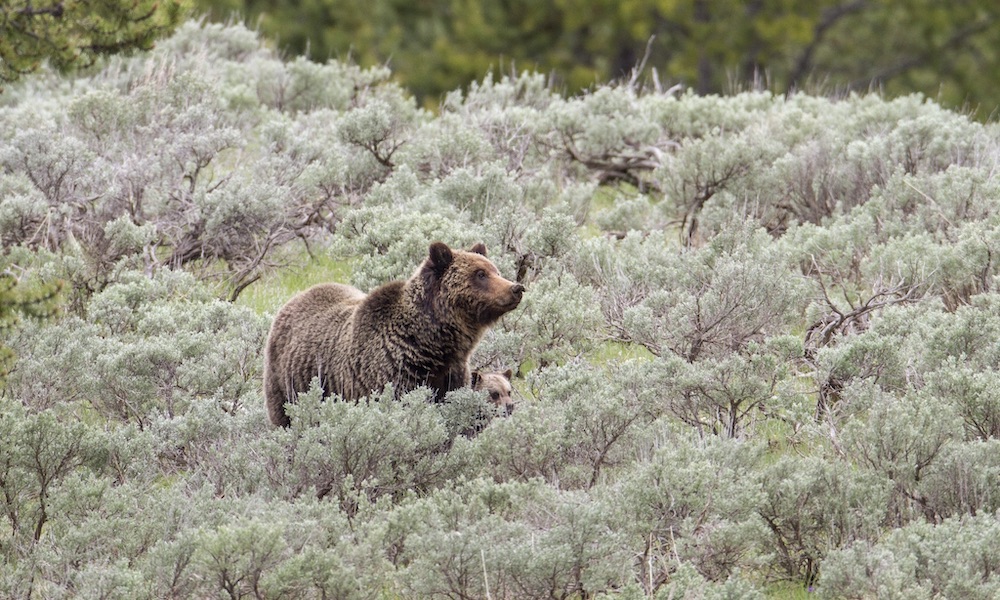A Montana angler shot and killed a protected grizzly bear Wednesday in an apparent case of self-defense.
According to Montana Fish, Wildlife & Parks, two anglers surprised the adult male bear while hiking on private land along Tom Miner Creek north of Yellowstone National Park.
The bear charged both anglers in what Fish, Wildlife & Parks described as “defensive behavior” in close quarters. One angler shot and killed the bear.
The case is under investigation and further details were not provided.
The incident occurred four days after two hunters shot and killed a female grizzly bear in self-defense near the Montana town of Whitefish.
The men were scouting in advance of the fall hunting season for non-protected game when they surprised the bear. Both men opened fire and one was shot in the shoulder and required hospitalization.
The grizzly bear had a cub that ran off after the incident.
Montana Fish, Wildlife & Parks stated in a news release that anyone venturing into bear country should make “localized noise” to alert bears and reduce the likelihood of surprise encounters.
–Generic grizzly bear image courtesy of ©Pete Thomas
